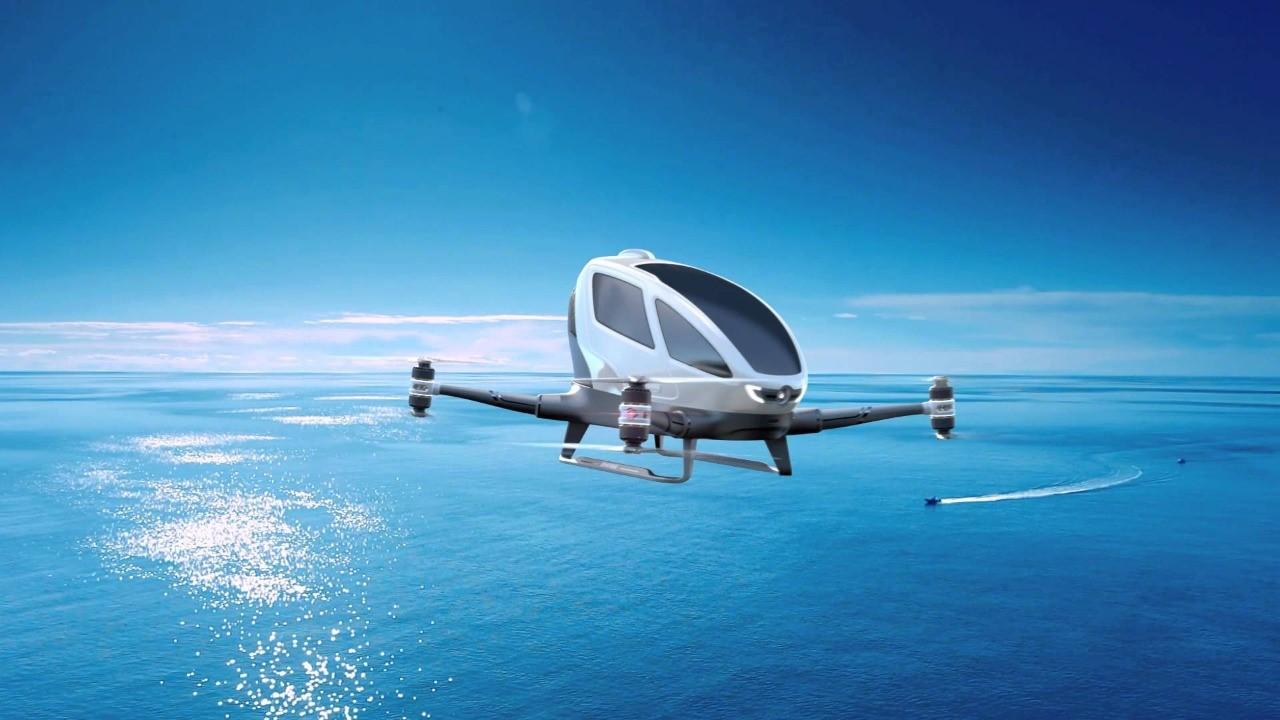
Application of Artificial Intelligence
Artificial intelligence is not new science, but this field is starting to develop very rapidly and become a trend after the emergence of big data. This is due to the availability of abundant data, which has been ‘conquered’ with big data, which is the main ingredient for machines to learn and become intelligent.
Not only data, technology also plays an important role for the development of artificial intelligence. Various devices and technologies with very high performance are now available relatively cheaply and affordable. If at first artificial intelligence was considered as something sophisticated and could only be applied using high and expensive technology, now artificial intelligence can be implemented on various devices and systems that are used every day.
Technology is changing the way businesses connect to customers, conduct aviation business. And the role of Artificial Intelligence (AI) technology in the aviation industry is now increasingly needed, especially to meet customer expectations and increase efficiency.
One of the real and recent examples of AI application in this area is the implementation of artificial intelligence-based flight dispatching software by Alaska Airlines. Hand in hand with FAA-licensed dispatchers, this software helps airlines plan’s flights with more precision.
Quoted from Fortune.com, in the trial period of the software, Alaska Airlines can save fuel and reduce carbon emissions, as well as improve performance on time and help. “This is a game changer for aviation, just as Google Maps and Waze are changing the way we drive,” said Pasha Saleh, Director, Flight Operations, Alaska.
Of course, there is still a lot of room for AI applications that will transform the aviation business, considering that AI is just making its debut here. AI can play a role from pre-flight to post-flight, for example in ticket purchases, seat selection, baggage, boarding, and ground transportation.
Customer Experience
There are several factors that drive airlines to adopt AI. But the main driver is a shift in customer expectations. In our daily activities, we are used to being “pampered” by seamless and more personal experiences like those offered by tech giants, such as Google, Amazon, Apple, and Facebook. The people also want the same thing when they fly by plane.
Another factor that is no less important is the need for the airline business to increase efficiency. Quoting from the bagsid.com page, the McKinsey study said that through the adoption of AI, the global travel industry will gain efficiencies whose value reaches more than US $ 400 billion.
AI Application
How can Artificial Intelligence be applied in the aviation industry? Here are some areas that have implemented Artificial Intelligence, which we have collected from various sources:
Dynamic Ticket Prices
Airline customers are definitely no strangers to this kind of airline ticket booking system. The same flight can come with different prices, depending on the price comparison engine used by the customer. Departure time, destination, flight distance and number of seats available can also affect ticket prices. And even the same ticket prices can change in a matter of minutes.
This is what is called dynamic pricing, which is a technique of adjusting prices based on the current situation to achieve the most profitable level (for the airline of course).
Behind this dynamic pricing algorithm are intelligent solutions, such as machine learning and big data analytics. This is an example of the most common application of AI that we encounter in the aviation business.
Delay Prediction
This is something that often makes passengers angry. Especially when the information about the delay was conveyed by the airline directly. There are many factors that cause delays and machine learning-based applications can help airports and airlines predict delays and provide information to passengers as quickly as possible. In this way, the airline customer experience will be better because they will have more time to rebook or change plans.
Flight Route Optimization
Modern Air Traffic Management (ATM) systems based on AI/machine learning enable airlines and other air transportation to manage flight routes more optimally. The machine learning algorithm behind the intelligence of the ATM application can take weather and air traffic conditions information into consideration to make decisions about better/optimal flight routes. This optimization can save fuel and flight travel time.
Crew Scheduling
When creating crew scheduling, airlines must consider several things, such as contract and legal requirements, employee qualifications and certifications, employee personal preferences, availability, and so on. In addition, the airline must also handle a complex network of employees, which includes cabin crew, pilots, engine engineers, and other specialists, to make preparations before the plane is flown.
An intelligent workforce management system (WFM) will make it easier for airlines to arrange crew flight schedules. Airlines can ensure each flight will be escorted by the right number of crew and run on schedule. The use of AI on the side of WFM is also believed by experts as the best way to develop the potential of each cabin crew.
Predictive Maintenance
One of the main challenges in the airline industry is reducing costs and delays, while they also have to maintain or increase safety levels. And the largest percentage of delays or delays are the result of unplanned maintenance. Therefore, increasing reliability and predicting damage is an important aspect to reduce maintenance costs.
When a preventive approach is no longer sufficient to answer these challenges, the airline industry is now looking at AI-supported Predictive Maintenance solutions. By combining predictive algorithms, machine learning, and IoT, airlines can gain insight into various components of aircraft engines so that they can obtain information about the right time for maintenance and repairs according to aircraft conditions, and anticipate damage or failure of aircraft engines. In turn, the use of AI in this area will optimize work, save costs, and ensure that each aircraft is always in airworthy condition.
Indeed, the notion of technology is not a new thing to hear in the ears of everyone in this world. Because, when someone says the word "technology" it is already visualized that there are conveniences offered by this. In simple terms, technology has helped the development of the world to date very rapidly. Not only in the information industry, technology is very helpful for many sectors in the world to scale up or expand both products or regions which ultimately supports the industry that is being undertaken.
The latest that is currently being adapted in all aspects is big data technology. In this technology, a large amount of data will be found so that it can be processed appropriately and produce actual information for business needs. In the application of big data technology, there are a series of things such as collect, analyze, and understand data that will always be updated every day.



